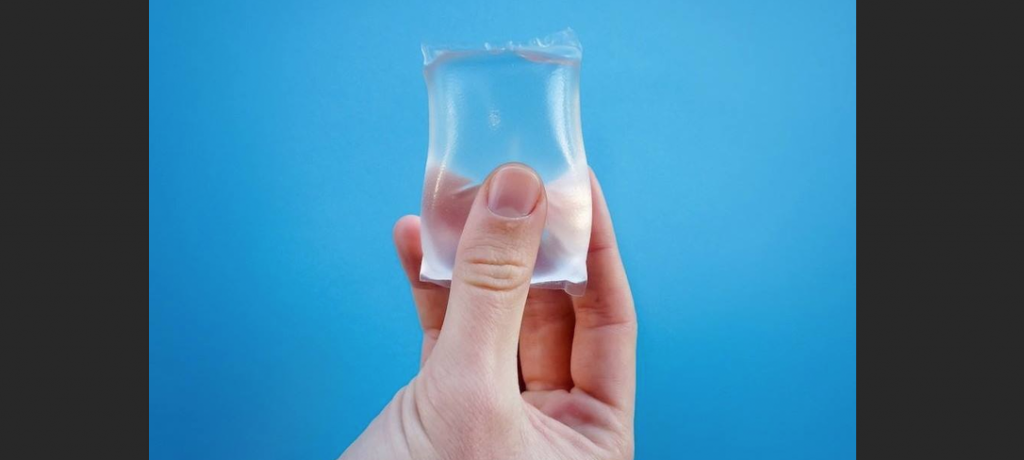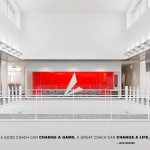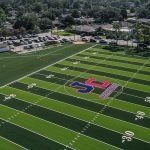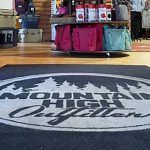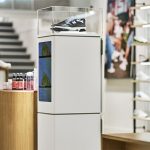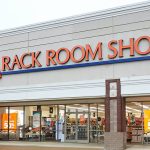London-based start-up Notpla has been working over the past six years to develop an edible water bottle. The creation, known as Ooho, encases water within a transparent, edible membrane made from algae and calcium chloride. The process of making the Ooho involves dipping frozen balls of liquid into the algae mixture. When the ice melts the membrane forms a watertight seal around it.
The Ooho capsules, which can either be eaten in their entirety or bitten into and sipped from, are fully biodegradable and are a sustainable alternative to plastic bottles. For transport, smaller capsules are bundled together inside a larger sphere made of the same material.
Within four to six weeks if the capsules are not consumed, they degrade. While not intended to last on supermarket shelves, the company planned to replace plastic bottles festivals, sporting events and other outdoor occasions. Last year’s London Marathon saw the biggest trial of Ooho pods with more than 30,000 capsules handed out to racers at mile 23.
Notpla is also developing a seaweed liner for coatings and films for solids to compete directly with plastic packaging within the next few years.
In a post-COVID-19 world, the drive to eliminate plastic packaging is likely to significantly increase. While studies have already revealed that COVID-19 can live on plastic for up to nine days, Notpla is currently investigating if its films can better withstand the virus.
Zion Market Research published a report on edible water bottles and predicts the global market for this product category will grow at a CAGR of 7.85 percent from 2020 to 2026.
Photo courtesy Notpla

